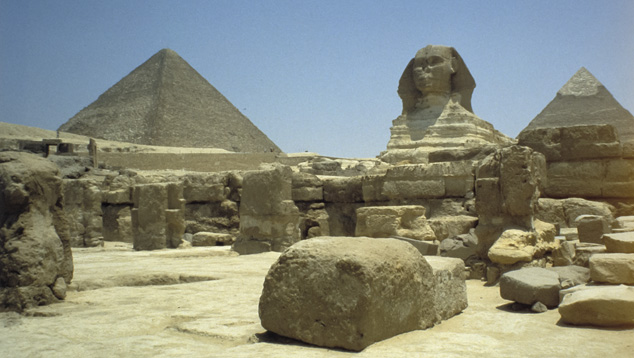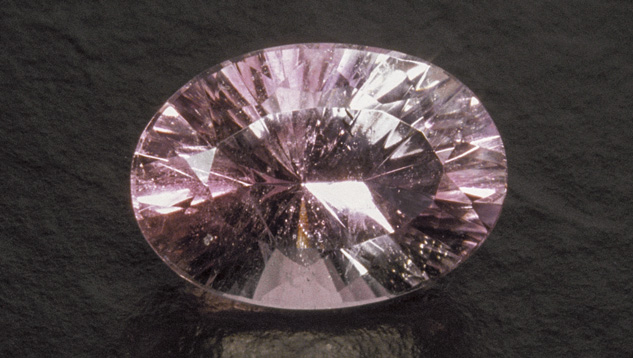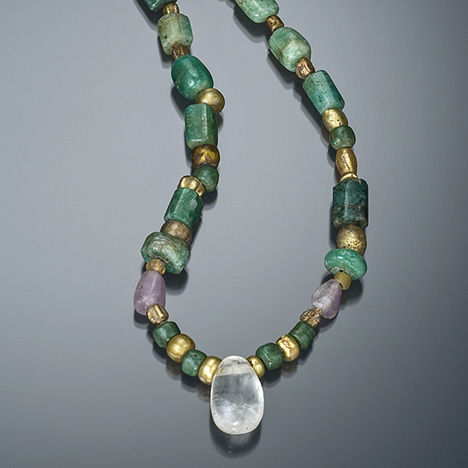Rose Quartz History and Lore

People in the earliest recorded times believed in the magical powers of quartz. Ancient Roman, Egyptian, and Greek civilizations used quartz crystals as potent talismans. The Romans used rose quartz as a seal to signify ownership, and Egyptians believed the stone could prevent aging.

The soft blush of rose quartz endeared the gem to early civilizations. Its rosy hue continues to appeal to modern jewelry lovers. – Bart Curren, courtesy Commercial Minerals
In the Middle Ages, medical practitioners used quartz in their healing potions. Early cultures of the Americas used quartz amulets. Known as the “love stone,” it was said to balance the emotions and to heal anger and disappointment.
A quartz bead is the featured stone in this ancient Egyptian necklace. The strand
consists of emerald, amethyst, and gold faience (a glazed ceramic). – Robert Weldon,
on loan from the Royal Ontario Museum, Toronto, Canada
consists of emerald, amethyst, and gold faience (a glazed ceramic). – Robert Weldon,
on loan from the Royal Ontario Museum, Toronto, Canada



